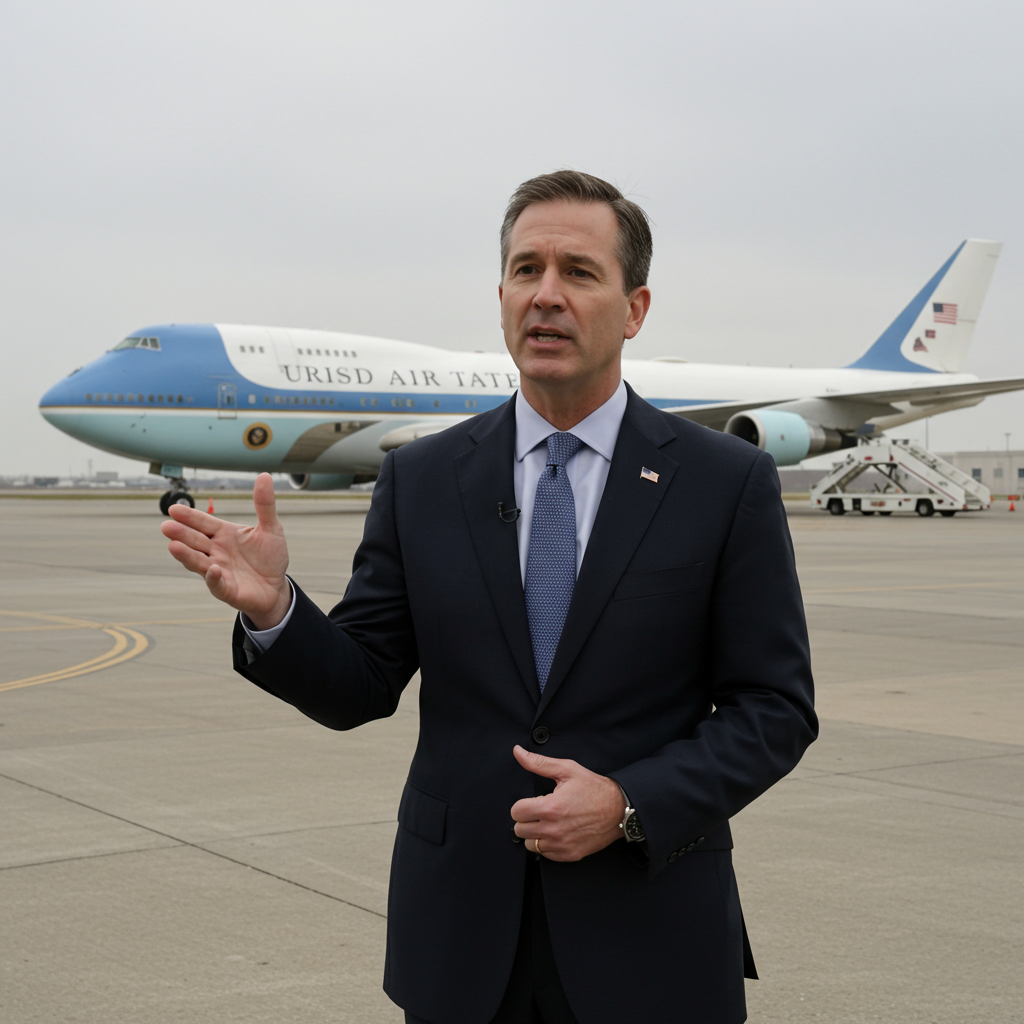Following recent global events, the U.S. Department of State has issued a worldwide caution for U.S. citizens traveling or residing abroad. While this sounds alarming, understanding the specific language and context is key to assessing the actual risk level for your international travel plans.
The State Department employs a clear, tiered system to communicate risk levels to American travelers, ranging from Level 1 (lowest risk) to Level 4 (highest risk). The recent worldwide caution falls into a specific category within this system.
Understanding the Worldwide Caution
A worldwide caution is a broad alert issued when there is a general, elevated risk to U.S. citizens across the globe, not necessarily tied to a specific country. These cautions are relatively rare, typically issued in response to significant geopolitical events that could potentially impact Americans anywhere. For instance, past worldwide cautions have been issued following major events like the Hamas attack on Israel in October 2023 or the U.S. drone strike against Ayman al-Zawahiri in August 2022.
The language used in the recent worldwide caution advises Americans to “exercise increased caution” while out of the country. This specific phrase corresponds to Level 2 on the State Department’s four-level risk assessment scale.
Decoding the State Department Travel Advisory Levels
The State Department’s system is designed to provide nuanced guidance:
Level 1: Exercise Normal Precautions: This is the lowest level, indicating that while travel always carries some inherent risk, it is minimal in these locations. Examples often include destinations like Canada, Australia, Ireland, and many Caribbean islands.
Level 2: Exercise Increased Caution: This level indicates heightened risks to safety and security that may apply to the entire country or specific areas. Risks could stem from crime, terrorism, civil unrest, health concerns, or other factors. Many popular destinations, including much of Western Europe (like France, Germany, Italy, Spain, the UK) and countries like China, South Africa, and Mexico (varying by state), are frequently at Level 2. Italy, for example, was recently raised to Level 2 specifically due to terrorism risk, while Jamaica is at Level 2 due to statistically high crime rates despite recent decreases. The worldwide caution itself uses this Level 2 language.
Level 3: Reconsider Travel: This level signifies serious risks to safety and security. The State Department advises Americans to carefully rethink their need to travel to these nations. Countries might be at Level 3 due to widespread crime, instability, or specific ongoing threats.
Level 4: Do Not Travel: This is the highest advisory level, reserved for locations where there is a greater likelihood of life-threatening risks. The State Department advises against any travel to these countries and recommends extreme precautions if travel is unavoidable. Factors leading to a Level 4 designation can include active conflict, extreme levels of crime or terrorism, or high risk of wrongful detention.
Worldwide Caution vs. Country-Specific Advisories
It’s crucial to understand that a worldwide caution is a broad alert using the Level 2 language (“exercise increased caution”). It signals a general elevation of risk globally. However, it does not override the more tailored, country-specific travel advisories that the State Department maintains for every nation.
Many countries carry higher risk levels than Level 2 based on their unique circumstances. For example, as of recent reports, several countries in the Middle East remain under Level 4 “Do Not Travel” advisories, including Iran, Iraq, Lebanon, Syria, Yemen, and Israel, the West Bank and Gaza. Other Level 4 countries include Afghanistan, Belarus, Burkina Faso, Myanmar, Central African Republic, Democratic Republic of the Congo, Haiti, Libya, Mali, North Korea, Russia, Somalia, South Sudan, Sudan, Ukraine, and Venezuela.
Conversely, many destinations, including popular tourist spots in the Middle East like Jordan, Saudi Arabia, and the UAE, are often under Level 2 advisories – the same level as many Western European nations and the general worldwide caution.
Therefore, while the worldwide caution prompts general vigilance, travelers should always consult the specific, potentially higher, advisory level for their intended destination. In some cases, specific urgent notices may be issued, such as the recent State Department notice advising U.S. citizens seeking to depart Israel or the West Bank to “take the first available option.”
Impact on Global Travel: Recent Context
The recent worldwide caution was issued shortly after U.S. actions against Iran, occurring within the broader context of ongoing tensions and conflict between Israel and Iran. This conflict has demonstrably impacted global travel, particularly across the Middle East.
Recent events have led to:
Airspace Closures: Countries like Iran, Iraq, and Jordan have temporarily closed their airspaces.
Flight Disruptions: Ongoing missile exchanges have caused hundreds of flights scheduled to pass through the region to be canceled or diverted, leading to longer travel times and potentially higher fares as airlines reroute or suspend service (e.g., recent temporary suspensions of flights to Qatar and Dubai by some carriers).
While these specific disruptions are linked to the conflict region, the worldwide caution reflects the potential for broader implications or reactions that could affect U.S. citizens elsewhere.
Staying Safer While Traveling Abroad
Regardless of the specific advisory level, taking precautions is essential for safe international travel. The State Department recommends:
- Check Specific Advisories: Always consult the latest country-specific guidance on the U.S. government’s official travel website (travel.state.gov).
- Enroll in STEP: Register for the free Smart Traveler Enrollment Program (STEP). This service allows the nearest U.S. embassy or consulate to contact you in an emergency and provide important updates.
- Maintain Situational Awareness: Be aware of your surroundings, especially in tourist areas. Monitor local news for developments.
- Plan Your Itinerary: Research your destination thoroughly and plan routes to avoid known high-risk areas. Avoid walking or driving at night in certain locations.
- Secure Your Belongings: Be mindful of your valuables and avoid displaying wealth. Avoid resisting robbery attempts if confronted.
- Have a Contingency Plan: Be prepared for potential disruptions and have a plan for emergency situations, including emergency contacts and funds.
Frequency of Advisory Updates
The State Department regularly reviews and updates its travel advisories:
Level 1 and 2 advisories are reviewed at least every 12 months.
Level 3 and 4 advisories are reviewed at least every six months.
Additionally, any advisory can be updated ad-hoc if there is a significant change in conditions or the U.S. government’s assessment of risks.
In conclusion, the recent worldwide caution advising “exercise increased caution” places the general global risk at Level 2. For most travelers, this means heightened vigilance is advised, but it does not automatically necessitate canceling trips, especially to destinations already at Level 2 or lower. However, it serves as an important reminder to check the specific advisory level for your destination, which could be significantly higher based on local conditions, and to always prioritize safety measures while traveling abroad.




